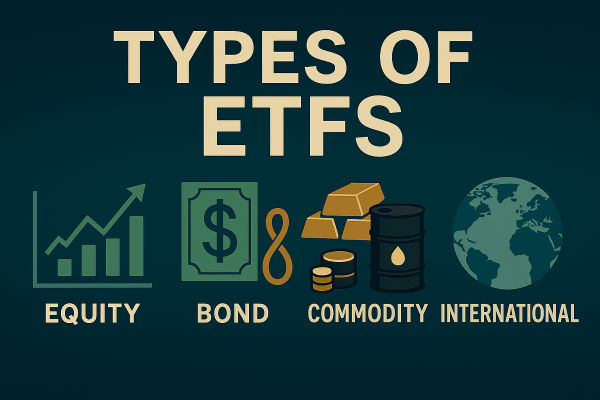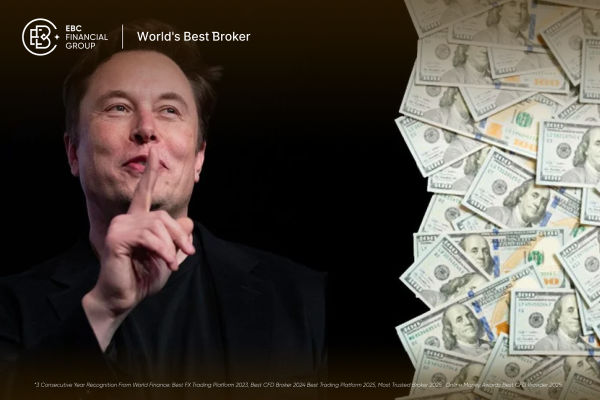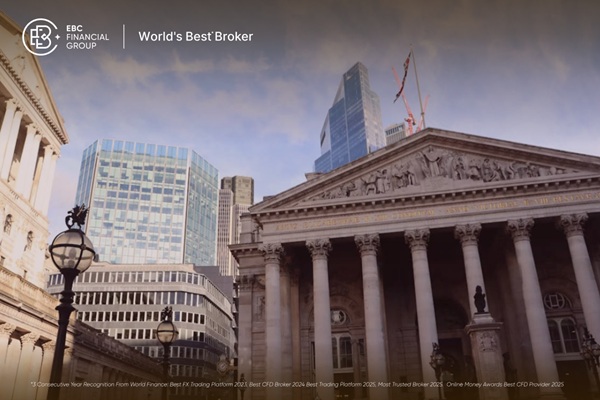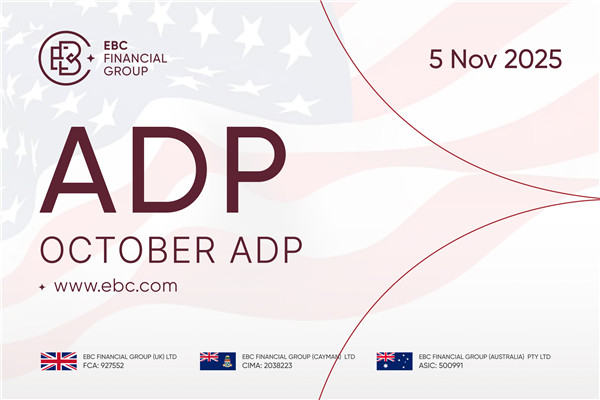In an investment landscape often dominated by flashy growth stocks and speculative plays, the SPDR® S&P Dividend ETF (SDY) stands out as a beacon of reliability. Built around the principle of rewarding shareholders through consistent and growing dividend payments, SDY appeals to traders seeking stability, income, and long-term resilience. By tracking a carefully curated index of companies with a minimum of 20 consecutive years of dividend increases, the fund offers exposure to some of the most disciplined and financially sound businesses in the United States. With its unique yield-weighted strategy and defensive sector tilt, SDY has carved out a distinctive niche in the world of dividend-focused ETFs—ideal for those who value quality, consistency, and income sustainability.
Overview & Objective
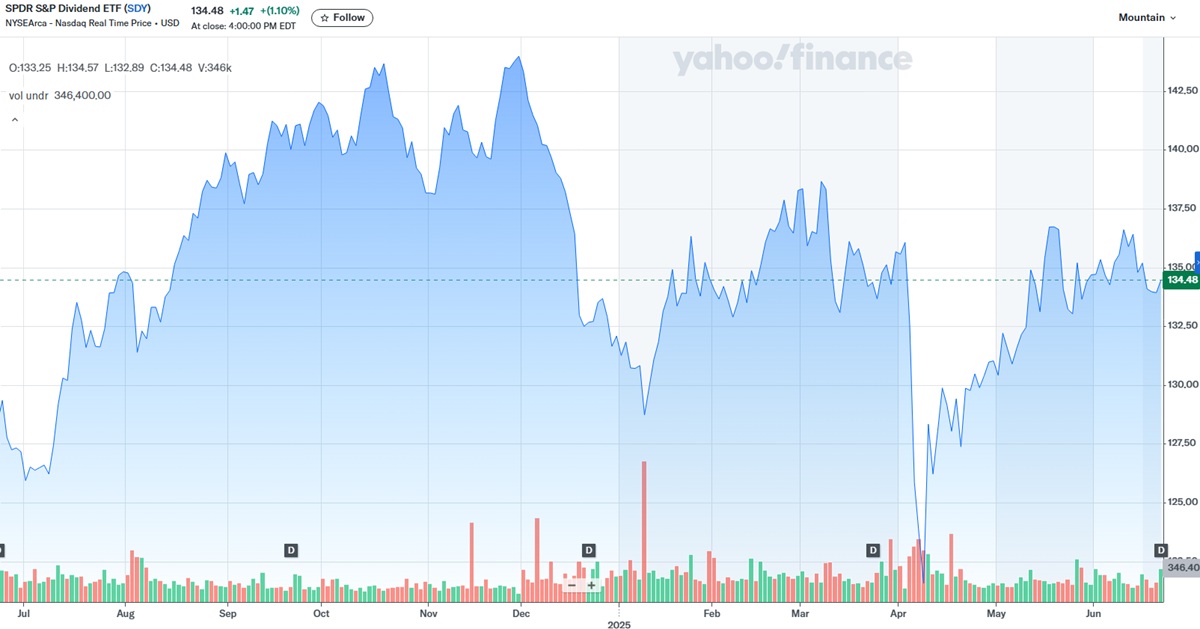 Launched in 2005. the SDY ETF tracks the S&P High Yield Dividend Aristocrats Index, a benchmark that includes members of the S&P Composite 1500 with at least 20 consecutive years of dividend increases. This stringent criterion filters for companies with robust financial health, stable cash flows, and a proven commitment to rewarding shareholders.
Launched in 2005. the SDY ETF tracks the S&P High Yield Dividend Aristocrats Index, a benchmark that includes members of the S&P Composite 1500 with at least 20 consecutive years of dividend increases. This stringent criterion filters for companies with robust financial health, stable cash flows, and a proven commitment to rewarding shareholders.
SDY aims to provide traders with a reliable income stream while preserving capital through exposure to dividend aristocrats, many of which exhibit defensive characteristics. The fund uses a yield-weighted methodology, meaning that stocks with higher dividend yields receive a larger allocation, a distinguishing feature compared to market-cap weighted dividend funds.
The ETF is structured as a unit investment trust (UIT), ensuring transparency and relative stability in its holdings, which are only adjusted during quarterly rebalancing events. SDY's strategy appeals to conservative traders or those nearing retirement, seeking income with potentially lower volatility than the broader market.
Cost & Fee Structure
One of the most important aspects of any investment is its cost, and in this respect, SDY is moderately priced compared to its peers. As of the latest data, the ETF carries an expense ratio of 0.35%, meaning traders pay £3.50 annually for every £1.000 invested.
While this is higher than ultra-low-cost dividend ETFs such as Schwab U.S. Dividend Equity ETF (SCHD) at 0.06% or Vanguard High Dividend Yield ETF (VYM) at 0.06%, SDY justifies its fee through its distinctive index and selection methodology. The fund's focus on companies with decades-long dividend growth records and its unique weighting system can offer resilience during downturns.
Nonetheless, the higher fee can impact total returns over time, particularly for long-term traders or those reinvesting dividends. Traders should weigh the cost against the potential benefits of income stability and downside protection.
Yield & Income Characteristics
SDY is favoured for its attractive yield, with a 12-month trailing dividend yield typically ranging between 2.5% and 3%, depending on market conditions. This is slightly higher than the average yield of the S&P 500 Index, reflecting its focus on dividend-heavy stocks.
A standout feature is its inclusion criteria—only companies with 20 or more consecutive years of dividend increases are selected, fostering confidence that the income stream is both reliable and likely to grow over time. Importantly, many of these firms operate in mature industries and possess competitive advantages that enable consistent profitability.
Dividends are distributed quarterly, and the ETF maintains a track record of consistent payouts, which can be particularly appealing to retirees or income-focused traders seeking predictability.
However, because SDY's yield is influenced by its weighting mechanism, it may allocate more heavily to higher-yielding but potentially lower-growth companies. This dynamic introduces a trade-off between current income and capital appreciation potential.
Holdings & Sector Allocation
As of the most recent data, SDY comprises around 120 to 130 holdings, with the top 10 accounting for approximately 17% of the fund's assets. Prominent names include Microchip Technology Inc., 3M Co., Walgreens Boots Alliance, and Leggett & Platt, many of which are known for their conservative management and consistent dividend payments.
The ETF exhibits a tilt toward industrials, consumer staples, and utilities, sectors traditionally associated with defensive characteristics and cash flow stability. These sectors tend to outperform during economic downturns, providing a hedge against volatility.
Here is a general breakdown of sector weights (approximations):
This composition contrasts with many broader market ETFs that heavily weight towards technology and communication services. While this makes SDY less exposed to growth sectors, it may benefit more from income consistency and lower drawdowns during corrections.
Performance & Risk Metrics
From a performance standpoint, SDY has demonstrated respectable long-term returns, although it tends to underperform the S&P 500 during bullish phases due to its lack of tech exposure and preference for stable, slower-growth firms. However, in volatile or declining markets, SDY often exhibits lower drawdowns and reduced volatility.
Here are some key metrics (as of recent data):
1-Year Total Return: ~7%
3-Year Annualised Return: ~8.5%
5-Year Annualised Return: ~7.2%
Standard Deviation (5-Year): ~14%
Beta vs. S&P 500: ~0.79
These figures suggest a moderate-risk profile, ideal for traders seeking a balance between capital preservation and dividend income. The fund is also highly liquid, with an average daily volume exceeding 200.000 shares and assets under management (AUM) of approximately $20 billion USD.
It is worth noting that analyst sentiment has recently been neutral, with some sources downgrading SDY to a "hold" based on relative underperformance and valuation concerns. That said, its defensive structure and consistent income make it a compelling core holding for certain portfolios.
Final Thoughts
The SDY ETF remains a solid choice for income-oriented traders seeking exposure to time-tested dividend payers with long histories of shareholder returns. Its yield-weighted approach, sector diversification, and track record of stability make it particularly appealing in uncertain economic environments or for conservative traders prioritising income.
While it carries a slightly higher expense ratio and may underperform growth-heavy indices during bull markets, its core strength lies in its dependability and disciplined stock selection criteria. Whether as part of a diversified income strategy or a defensive core holding, SDY continues to be a reliable option for long-term dividend-focused traders.
Disclaimer: This material is for general information purposes only and is not intended as (and should not be considered to be) financial, investment or other advice on which reliance should be placed. No opinion given in the material constitutes a recommendation by EBC or the author that any particular investment, security, transaction or investment strategy is suitable for any specific person.







